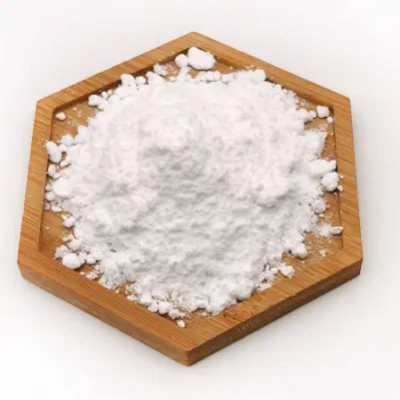pyridine-3-sulfonyl chloride CAS:16133-25-8
Pyridine-3-sulfonyl chloride is synthesized through organic reactions involving readily available starting materials. The synthesis typically involves the chlorination of picolinic acid or its derivatives to introduce the sulfonyl chloride functionality. Careful control over reaction conditions is essential to achieve high yields and purity of the final product, ensuring its suitability for diverse applications in organic synthesis. Synthetic Routes The synthesis of pyridine-3-sulfonyl chloride begins with the chlorination of picolinic acid or its derivatives using appropriate chlorinating agents. This step results in the formation of the sulfonyl chloride group at the 3-position of the pyridine ring. The reaction conditions are optimized to minimize side reactions and maximize the yield of the desired product. Chemical Properties and Reactivity Pyridine-3-sulfonyl chloride exhibits distinctive chemical properties attributed to its molecular structure. The presence of the sulfonyl chloride group confers reactivity, making it a valuable reagent in various organic transformations. It readily reacts with nucleophiles, such as amines and alcohols, to form sulfonamides and sulfonate esters, respectively, enabling its use in the synthesis of pharmaceutical intermediates and specialty chemicals. Industrial Applications In industrial settings, pyridine-3-sulfonyl chloride serves as a versatile building block for the synthesis of diverse compounds. Its reactivity allows for the efficient modification of organic molecules, facilitating the production of pharmaceuticals, agrochemicals, and other fine chemicals. Additionally, its compatibility with a range of substrates and reaction conditions makes it a valuable tool in chemical manufacturing processes. Safety and Handling Due to its reactive nature, pyridine-3-sulfonyl chloride requires careful handling and storage to prevent exposure to moisture and avoid decomposition. Proper safety protocols, including the use of personal protective equipment and adherence to established handling procedures, are essential to ensure workplace safety and prevent accidents during its production and utilization. Conclusion Pyridine-3-sulfonyl chloride is a significant compound in the field of organic synthesis and pharmaceutical research due to its unique reactivity and versatile applications. Its synthesis pathway and chemical properties provide a foundation for the development of novel chemical processes and the production of valuable compounds. Continued research and application development are expected to further expand its utility, reaffirming its importance in synthetic chemistry and industrial production.



| Composition | C5H4ClNO2S |
| Assay | 99% |
| Appearance | white powder |
| CAS No. | 16133-25-8 |
| Packing | Small and bulk |
| Shelf Life | 2 years |
| Storage | Store in cool and dry area |
| Certification | ISO. |


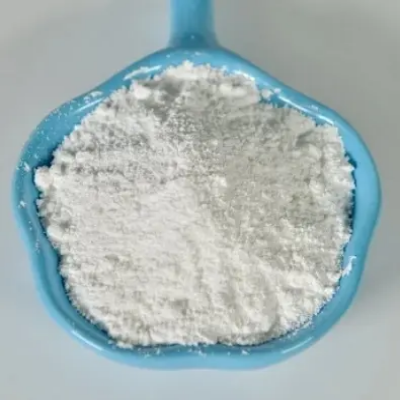
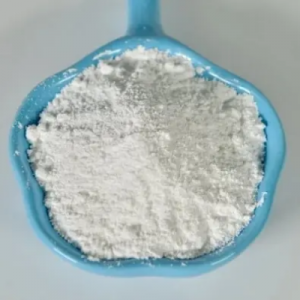
![6-Chlorothiazolo[4,5-b]pyridine CAS:1780572-16-8](https://cdn.globalso.com/xindaobiotech/8NS8DBIRAVXN0VCLT162.png)

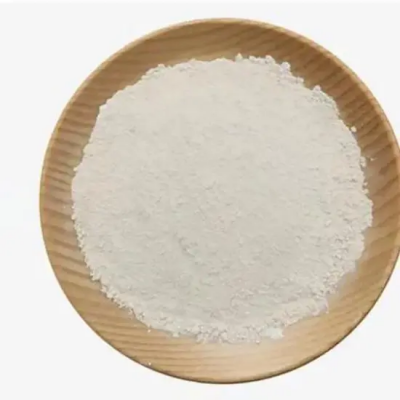
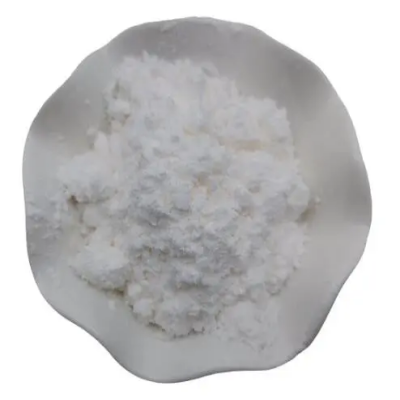
![S-(+)-Methyl-(2-chlorophenyl)[(2-(2-thienyl)amino] acetate hydrochloride CAS:141109-19-5](https://cdn.globalso.com/xindaobiotech/K@NIE7HBAEP6E7J7DS223.png)
